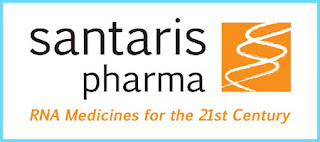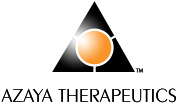Nymox Pharma's Update On Phase 3 Study Of Benign Prostatic Hyperplasia Drug

Nymox Pharmaceutical Corp., reported new positive results from a long term outcome study of its lead drug candidate to treat benign prostatic hyperplasia, NX-1207. The study, a part of the Phase 3 trial of the drug, evaluated symptomatic progress of U.S. patients involved in the Phase 1 and Phase 2 studies, initially undertaken in 2003. The inclusion criterion was all subjects enrolled in the studies had previously failed conventional drug treatments.
Benign prostatic hyperplasia or BHP is a common affliction of older men, affecting approximately half of men over age 50 and close to 90% of men by age 80, and is associated with growth in prostate size as men age. The condition causes difficulties with urination associated with aging, such as urination at night, urge to void frequently, hesitancy, weak stream, and other problems. The treatment represents a growing market with more than 100 million men worldwide estimated to suffer from BPH symptoms.
Patients treated with NX-1207 were followed-up on an unselected and as available basis and assessed for symptomatic improvement, treatment outcomes, and durability of efficacy 61/2 years after a single treatment with the drug. The data was available for 69% of the patients from the initial studies.
Overall, 55% of the men in the new outcome study reported no subsequent surgical treatment and no current drug treatment for their prostatic hyperplasia or PH and had a mean improvement of 14.3 points in AUA Symptom Score. In addition, 36% of the patients reported no other approved treatments at any time for their BPH since their original treatment with NX-1207, with a mean improvement of 14.5 points.
The sustained improvement in BPH symptom score after treatment with NX-1207 compares favorably with the 3 to 5 points reported in published studies of currently approved BPH drugs, which, unlike NX-1207 treatment, require permanent daily administration to be effective. Currently approved drugs also have undesirable side effects such as loss of libido, impotence, retrograde ejaculation, dizziness, and other problems.
Follow-up trials have also confirmed the excellent safety and side effect profile of the therapy and evidence of enduring benefit for a significant percentage of patients.
On March 30, Nymox had outlined the development program for the drug, currently in Phase 3 trials in the U.S. and had added that positive results from animal studies have shown the potential for the use of high dosages of NX-1207 for the focal treatment of clinically localized prostate cancer and of primary liver cancer.
Paul Averback MD, CEO of Nymox had said that the clinical trials of the drug in humans to date have demonstrated an excellent safety profile with no known serious drug side effects. This favorable safety data will be an advantage in the clinical trials for the treatment of prostate cancer and liver cancer. He had also added that there is a serious unmet need for a safer option for the treatment of localized prostate cancer without causing impotence or other sexual side effects and that the company is looking forward to advancing NX-1207 to treat primary liver cancer.
read more» Read more...































